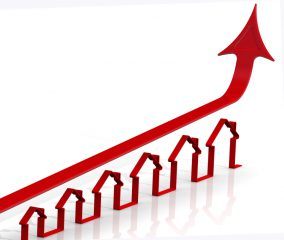Luton Recorded the Strongest House Price Growth of 2016, Reports Halifax

Luton Recorded the Strongest House Price Growth of 2016, Reports Halifax
Luton has recorded the strongest house price growth over 2016, according to a recent report from Halifax.
Property values in the town have surged by almost a fifth (19.4%) this year, and are nearly £42,000 higher than a year ago.
The house price growth recorded in Luton is more than double the 7.5% seen across the UK as a whole this year, found the study, with the average property value in the town now standing at £256,636.
The ten locations with the highest house price growth over 2016 were all in London or the South East, with Barking and Dagenham, Dunstable, Basildon, Tower Hamlets and Watford also on the list.
The top ten hotspots for house price growth over 2016 are:
[table id=29 /]
At the other end of the spectrum, Aberdeen has recorded the weakest house price growth over the past 12 months, with values dropping by 6.9% to reach an average of £203,425.
Bangor in Northern Ireland, Inverness in Scotland, and Blackpool in the North West were also among the areas with the weakest house price growth.
The ten locations with the weakest price growth of the year are:
[table id=30 /]
A Housing Economist at Halifax, Martin Ellis, comments on the findings: “Most of the areas that have seen the biggest house price rises during 2016 are either within close commuting distance of the capital or in outer London. Demand in these areas has risen, as substantial property price rises in central London over the last few years have caused increasing numbers of people to seek property in more affordable areas.
“A few towns have experienced price falls, with the biggest in Aberdeen. On the northeast coast of Scotland, it is highly dependent on the North Sea oil and gas sector. The substantial fall in oil prices in the past couple of years has hit the industry hard with adverse impact on demand for homes in the area. Price declines elsewhere have been modest.”







